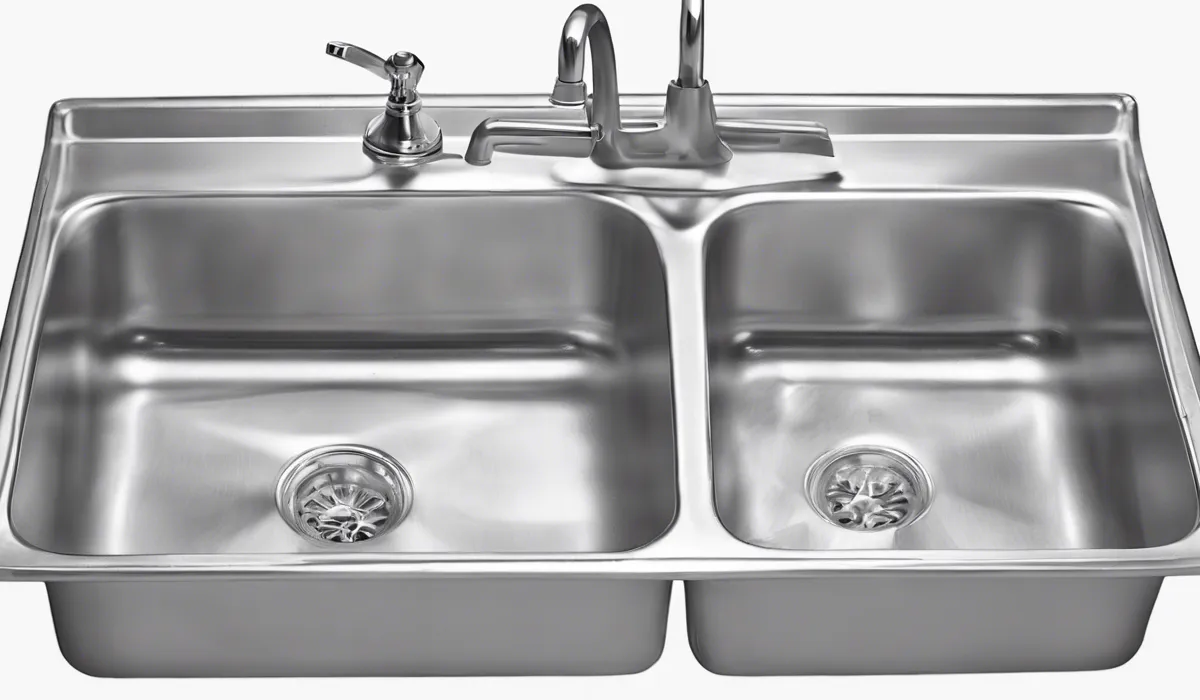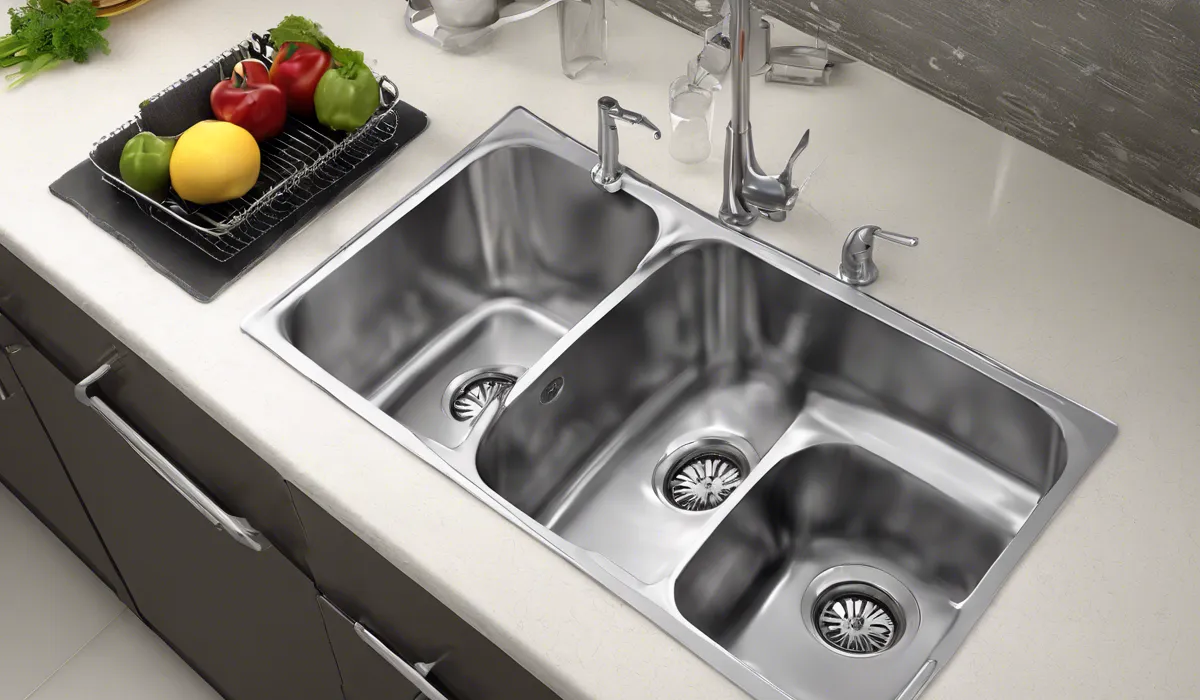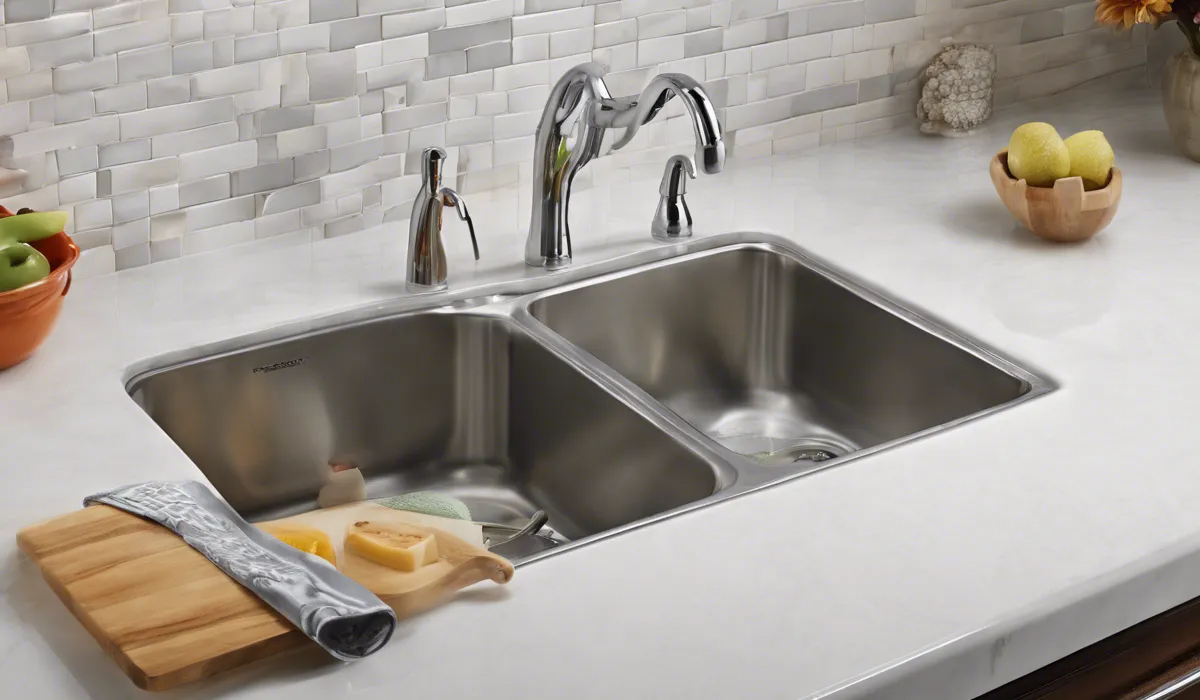Do You Need A 3 Compartment Sink If You Have A Dishwasher? Find Out!
Yes, you typically need a 3 compartment sink even with a dishwasher. This sink is necessary for manual washing, rinsing, and sanitizing of kitchen items that aren’t dishwasher safe or when the dishwasher is full or inoperable.
Understanding the Role of a 3 Compartment Sink

What is a 3 Compartment Sink?
A 3 compartment sink is a staple in most commercial kitchens, designed for efficiently cleaning, rinsing, and sanitizing dishes. This type of sink has three separate basins, each dedicated to one part of the dishwashing process.
The first basin is typically used for washing dishes with soap and warm water. The second is for rinsing away any soap residue with clean water. The third basin is for sanitizing the dishes to eliminate any remaining bacteria or germs.
The Traditional Use in Commercial Settings
In restaurants, cafeterias, and other food service establishments, a 3 compartment sink is traditionally utilized to ensure that dishes, utensils, and cookware are thoroughly cleaned.
This process is crucial not only for customer safety but also for maintaining the establishment’s reputation. The sinks are large enough to handle high volumes of kitchenware, which is essential in a busy commercial kitchen.
The Three-Step Process: Wash, Rinse, Sanitize
The three-step process is a systematic approach to manual dishwashing. The first step involves using a detergent to remove food and grease.
The second step ensures that any detergent and loosened food particles are rinsed off. Finally, the sanitizing step involves using a chemical sanitizer or hot water to kill any remaining microorganisms.
This method is time-tested and approved by health departments as effective for cleaning dishes when done correctly.
Health and Safety Regulations
Health and safety regulations often require commercial kitchens to have a 3 compartment sink to meet manual dishwashing standards.
These regulations ensure that all dishes reach a certain level of cleanliness and sanitization to prevent foodborne illnesses.
Compliance with these regulations is not only a legal obligation but also a commitment to the wellbeing of customers and staff.
Comparing Dishwashers and 3 Compartment Sinks

Efficiency: Dishwashers vs. Manual Washing
Dishwashers, especially high-temperature commercial models, can clean a large number of dishes quickly and with consistent results.
They are less labor-intensive than manual washing, allowing staff to focus on other tasks. However, for certain items that are not dishwasher safe or require special attention, manual washing in a 3 compartment sink is necessary.
Energy and Water Usage
When comparing a dishwasher to a 3 compartment sink, it’s important to consider energy and water usage. Modern dishwashers are designed to be energy-efficient and use less water compared to washing dishes by hand.
However, during peak times, having a 3 compartment sink as a backup can help manage the workload without additional energy costs.
Sanitization and Cleanliness Effectiveness
High-temperature dishwashers can sanitize dishes effectively, usually surpassing the sanitization capabilities of manual dishwashing.
On the other hand, a 3 compartment sink relies on proper technique and chemical sanitizers to reach the same level of cleanliness, which might vary depending on the person performing the task.
Space and Cost Implications
Space constraints and cost can influence the decision between using a dishwasher or a 3 compartment sink.
Dishwashers require a significant upfront investment and enough space for installation. In contrast, a 3 compartment sink typically takes up less space and is less expensive to purchase and maintain.
Determining the Need for a 3 Compartment Sink alongside a Dishwasher

When Is a 3 Compartment Sink Necessary?
A 3 compartment sink is necessary in situations where items are not dishwasher safe, such as certain plastics or large pots and pans.
Additionally, during busy times, a dishwasher may not keep up with the demand, or unexpected breakdowns can occur. In these scenarios, a 3 compartment sink serves as an essential backup for continuous operation.
Complementary Uses of 3 Compartment Sinks
Even with a dishwasher, a 3 compartment sink can be used for tasks such as pre-soaking heavily soiled items, hand-washing delicate glassware, or quickly rinsing off items needed immediately.
This complementary use ensures that kitchen operations run smoothly without delays.
Legal and Health Code Requirements
Legal and health code requirements may mandate the presence of a 3 compartment sink in food service establishments.
These requirements are designed to ensure that there is always an option for manual dishwashing should it be necessary.
It’s important for business owners to be aware of and comply with these regulations to avoid penalties and ensure customer safety.
Making the Decision for Your Business
Ultimately, the decision to have a 3 compartment sink in addition to a dishwasher depends on the business’s size, type, and dishwashing needs. For small cafes with limited dishwashing needs, a dishwasher might suffice.
However, larger restaurants with a high turnover of dishes might benefit from the flexibility and backup that a 3 compartment sink provides.
FAQs About 3 Compartment Sinks and Dishwashers
Is a 3 compartment sink required if I have a commercial dishwasher?
Yes, a 3 compartment sink is typically required even if you have a commercial dishwasher for manual washing, rinsing, and sanitizing tasks.
Can all kitchen items be washed in a dishwasher instead of a 3 compartment sink?
No, some kitchen items that aren’t dishwasher safe must be manually washed in a 3 compartment sink.
What should I do with kitchenware when the dishwasher is full?
When the dishwasher is full, kitchenware can be manually washed in a 3 compartment sink.
Do health or food safety regulations require a 3 compartment sink in addition to a dishwasher?
Yes, health and food safety regulations often require a 3 compartment sink even when a dishwasher is present, as it ensures a backup method for sanitizing kitchen items.
What if my dishwasher breaks down—do I need a 3 compartment sink as a backup?
Yes, in the event of a dishwasher breakdown, a 3 compartment sink serves as a necessary backup for cleaning and sanitizing kitchenware.
Final Thoughts
A 3 compartment sink remains essential in a kitchen even with a dishwasher present.
It serves the crucial functions of manually washing, rinsing, and sanitizing items that are not suitable for machine washing or when the dishwasher cannot be used due to being full or malfunctioning.





